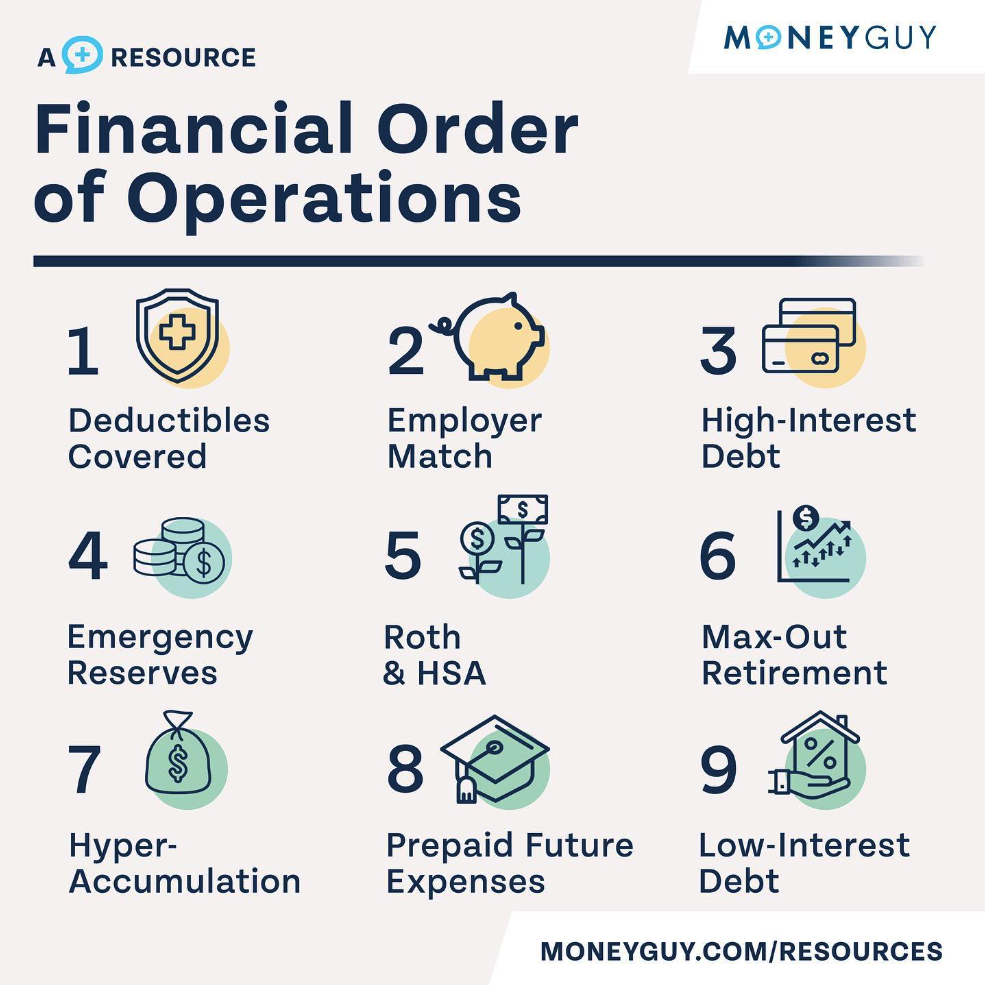I think it's much harder to add something like an ESPP to this kind of generic flowchart. There are too many ways to vary it, not to mention it's a single investment in a single company. It would be hard to specify even a single category of stock to invest in that would apply to anyone at any time, let alone a single company. If you ask me about an ESPP for 10 different companies, I'd have 10 different answers.
Something like a 401k is fairly similar everywhere. You can't recommend specific funds but nearly all 401k's will have roughly the same options available and the vesting and matching options follow one of a handful of schemes so you can safely make a recommendation there without the specifics having a large impact on the outcome.
Ultimately, an ESPP is a taxable account and you would apply it there (at the end), if anywhere. Like any other individual stock, it should be considered as part of your overall portfolio. For example, if you work at a large cap tech firm, you may want to account for the additional risk you're taking on by reducing your large cap investment and expanding other categories (note, this is not a perfect balance and is by no means a recommendation).
If you choose to manually build a portfolio (as opposed to a three- or four-fund portfolio) or you work with an active manager, you or your manager can fine tune it better.
